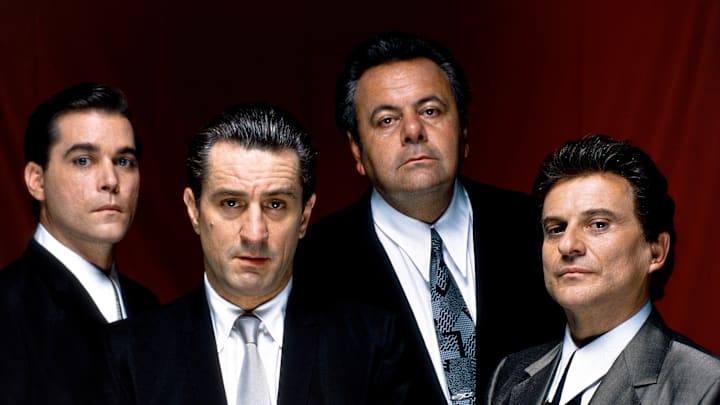It’s hard to recognize the ‘90s as one of the better decades for movies when it gave us not one but several Pauly Shore films. But if you want to bolster such an argument, you can always mention Goodfellas (1990) and The Shawshank Redemption (1994). The two movies aren’t just two of the best of the decade, but of all time. And despite their wildly different approaches, they have some surprising things in common.
A key trait both films share is the use of voiceover, which is a controversial filmmaking device. For every time it works, as in Goodfellas, it can risk pulling the audience out of the story (as in an early cut of Blade Runner). Voiceover risks telling the audience more than showing them—a cardinal sin for a visual medium.
But Shawshank director and writer Frank Darabont was struck by how Goodfellas managed to use voiceover to augment the story of Henry Hill, the infamous mafia earner. Henry (Ray Liotta) narrates his sprawling story as he rises the ranks in organized crime. Watching Goodfellas while writing the script for Shawshank—adapted from the work of Stephen King—was instrumental in reinforcing his belief that the story should be narrated by Red (Morgan Freeman), who befriends accountant Andy Dufresne (Tim Robbins) in the hostile prison system.
“So I started writing [Shawshank], and I got really freaked out halfway through,” Darabont told Creative Screenwriting in 2016. “I suddenly thought, ‘Oh my God, I’m breaking the rule. I’m going to be damned to movie hell. I’m telling instead of showing. I’m relying too much on it.’
“As if a sign from God, I turned on cable that night and it’s the premiere of Goodfellas. And I thought, ‘This is a really great movie and it has a lot of voice-over.’ It had been about a year since I had seen it in the theaters, and I sat and watched it again. And I thought, ‘I’m a piker, man, I’m a stingy little bastard when it comes to narration compared to these guys.’”
Darabont went on to say he rewatched Goodfellas on VHS throughout writing and directing Shawshank. As SlashFilm notes, the two films also do a masterful job of playing with time, spanning decades as Henry Hill begins to circle the drain and Andy Dufresne struggles not to become institutionalized while plotting his escape. It’s easy to imagine Darabont finding inspiration from Goodfellas in that area, as well.
Goodfellas was a hit out of the gate, earning several Oscar nominations and garnering a win for Joe Pesci. (It was, however, released the same year as critical darling Dances With Wolves, curtailing its awards attention.) Shawshank was a slower burn, disappointing at the box office before a VHS release and showings on cable television turned it into a modern classic.
Coincidentally, both films were released by Warner Bros. And both were based on literary material: Goodfellas on Nicolas Pileggi’s 1985 book Wiseguy, and Shawshank on the King novella Rita Hayworth and the Shawshank Redemption. And both continue to make the case that the 1990s were a pretty good decade for films.
[h/t SlashFilm]
